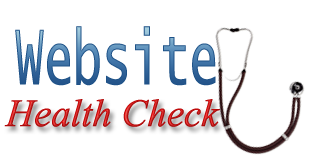3 Steps to Monitor Your Website’s SEO Health

Monitoring the health of your website SEO(search engine optimization) can be done in a few short steps. These steps are all interrelated and made simpler by online tools from locations such as Google. Step One: Manage Your Keywords: In order to manage your keywords you need to select a few optimum keywords which are best […]
